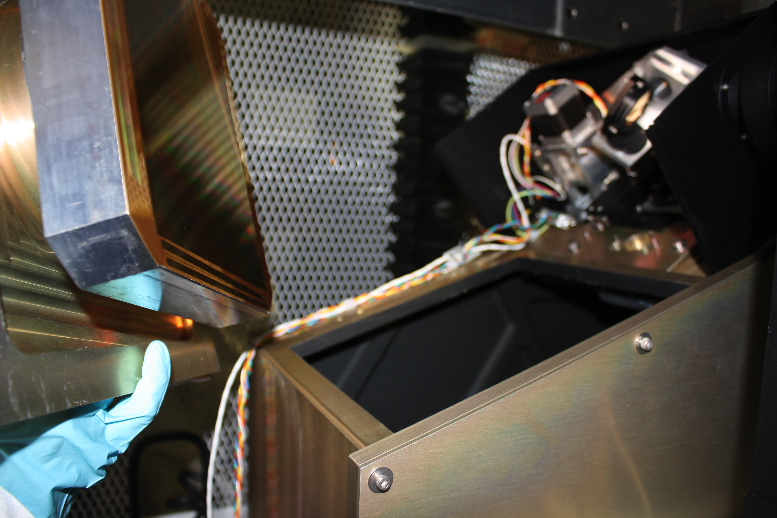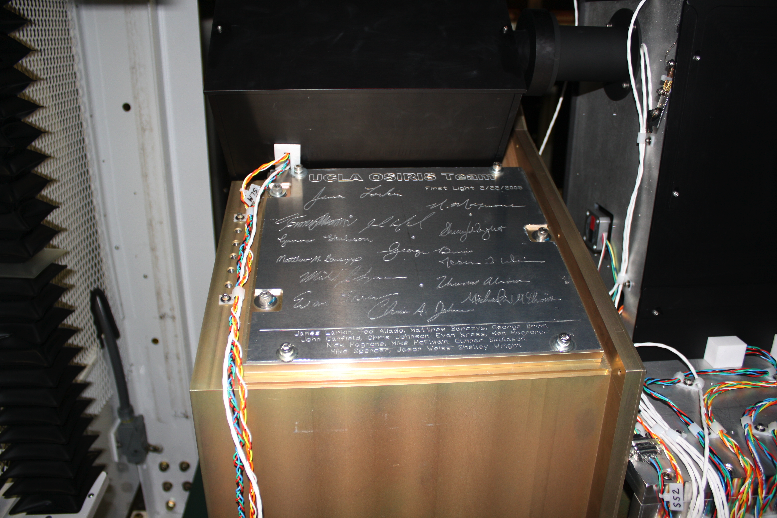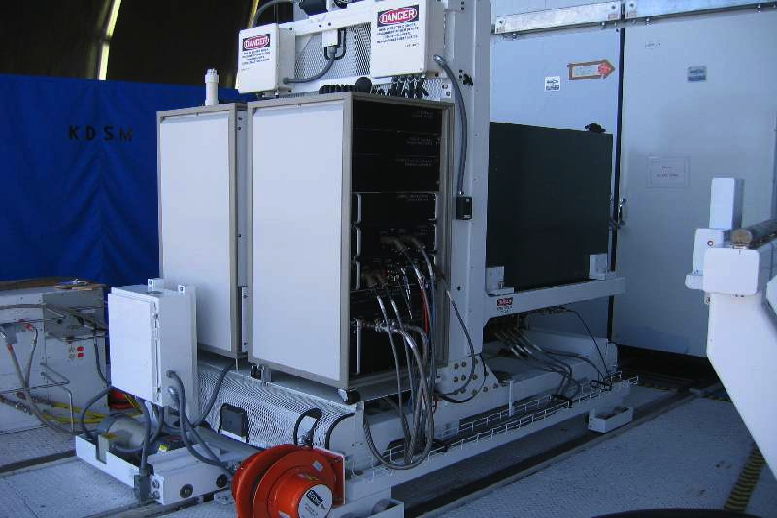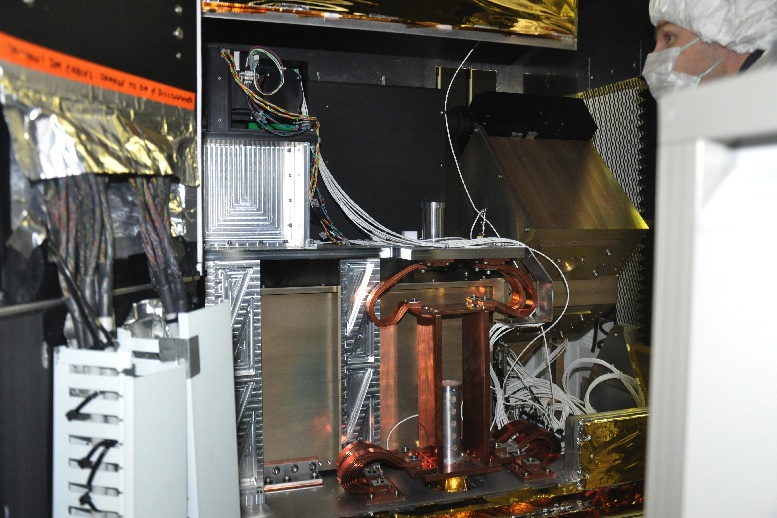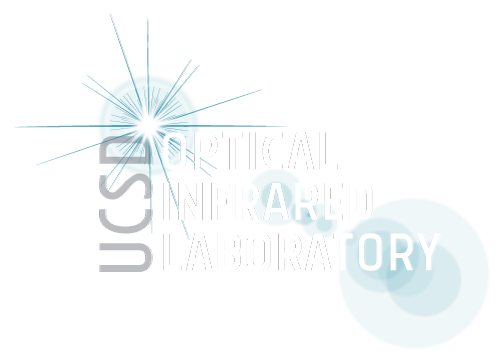OSIRIS:
Our team has been part of the Keck OSIRIS instrument and data reduction team since commissioning in February 2005. OSIRIS is a near-infrared (0.95 - 2.4μm) imaging camera and integral field spectrograph to sample the diffraction-limit of the Keck (10-m) telescope. OSIRIS was the first lenslet array IFS used behind an adaptive optics system in the world, and has been used for a variety of powerful science cases ranging from the solar system to distant galaxies. In 2013, our team installed a new, more efficient grating in OSIRIS improving the throughput of the instrument ~1.8x across the near-infrared (Mieda et al. 2014). Recently, the UCLA Infrared Lab installed a new H2RG detector to the system. Our team has continued to be actively involved with maintaining and improving the data reduction pipeline for OSIRIS.
We have also designed and implemented a fully functional Exposure Time Calculator (ETC) for use by the astronomer community to calculate the requisite observation times for their specific science cases using OSIRIS. The ETC is capable of estimating both exposure times for a requisite Signal-to-Noise Ratio (SNR) result, and the SNR values for input integration times for all OSIRIS modes, using estimates of the noise and atmospheric properties of the instrument and observatory to simulate OSIRIS performance. The OSIRIS ETC utilizes a Graphical User Interface to make science planning with OSIRIS accessible to the astronomy community, and we have hosted it online to be fully accessible to Keck Observatory astronomers.
The online OSIRIS ETC can be found here: OSIRIS ETC

